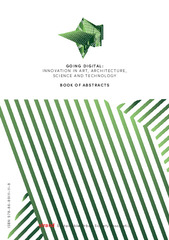Приказ основних података о документу
Procedural Aesthetics and the Emergence of NeuroArt
| dc.contributor | Bogdanović, Ružica | |
| dc.creator | Guga, Jelena | |
| dc.creator | Uspenski, Ivana | |
| dc.date.accessioned | 2023-11-18T16:35:44Z | |
| dc.date.available | 2023-11-18T16:35:44Z | |
| dc.date.issued | 2016 | |
| dc.identifier.isbn | 978-86-89111-11-8 | |
| dc.identifier.uri | http://rifdt.instifdt.bg.ac.rs/123456789/3277 | |
| dc.description.abstract | Although Neuroart is related to the concept of Neuroaesthetics (S. Zeki), which is based on a scientific approach to aesthetic perception of art, and to the concepts of Neuroplastic arts (G. Novakovic) and Neuromedia (J. Scott) endorsing collaboration between artists and neuroscientists, it is at the same time distinct from them. We are using the term literally to refer to those artworks that are based on neural / brain waves signals and the use of brain-computer interfaces (BCI) or more specifically, EEG headsets in the production and display of artworks. We focus on EEG-based sound art, visual arts, interactive installations, and performance arts, and we identify Neuroart as a novel, emerging form or sub-genre of new media art. However, we do not limit Neuroart to human-generated artworks only. Given that Neuroart applies to detection or inspection of neural electric signals, we claim that the electric nature of those signals also applies to processes inherent in machine processing or neural computing such as Google Deep Dream and other generic platforms that lay the foundations for computer and/or AI generated art forms including database art, software art, visualization art, sonification art as well as those artworks that result in material artifacts presented in traditional exhibition format. We additionally claim that regardless whether the artworks of Neuroart are driven by a human or machine, they can have the same aesthetic discursive value, but within a context of a newly defined discipline of aesthetics that is Procedural Aesthetics. The Procedural Aesthetics (or the aesthetics of signal), can be understood as the discursiveness of the very process of signals (intensities) emission before they enter the sphere of conscious cognition. It is a pre-receptive and pre-semantics phenomenon. It deals with the processes otherwise not available to human perceptive apparatus, trying to reveal them, unmask them, by offering them to interpretation as cultural artifacts. And in order to do this, it relies heavily on technology and technical equipment allowing us the access to these ‘invisible’ processes through visualization, sonification, textualization, mapping and other forms of interpretable representations displayed as artworks. | sr |
| dc.language.iso | en | sr |
| dc.publisher | Belgrade : STRAND - Sustainable Urban Society Association | sr |
| dc.rights | openAccess | sr |
| dc.rights.uri | https://creativecommons.org/licenses/by/4.0/ | |
| dc.source | Going Digital: Innovations in Art, Architecture, Science and Technology – Book of Abstracts | sr |
| dc.subject | neuroArt | sr |
| dc.subject | EEG-based art | sr |
| dc.subject | brain-computer interface (BCI) | sr |
| dc.subject | procedural aesthetics | sr |
| dc.title | Procedural Aesthetics and the Emergence of NeuroArt | sr |
| dc.type | other | sr |
| dc.rights.license | BY | sr |
| dc.rights.holder | Jelena Guga, Ivana Uspenski, STRAND - Sustainable Urban Society Association | sr |
| dc.citation.spage | 40 | |
| dc.citation.epage | 41 | |
| dc.type.version | updatedVersion | sr |
| dc.identifier.fulltext | http://rifdt.instifdt.bg.ac.rs/bitstream/id/11381/GoingDigital2016_book-of-abstracts.pdf | |
| dc.identifier.rcub | https://hdl.handle.net/21.15107/rcub_rifdt_3277 |

